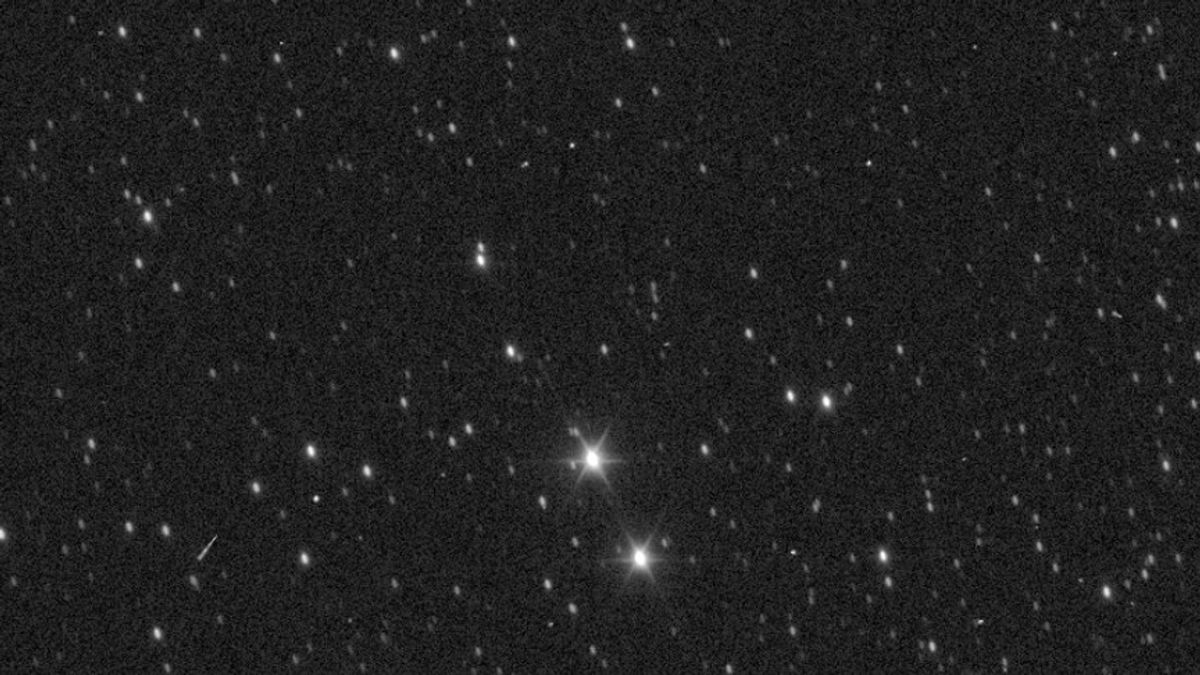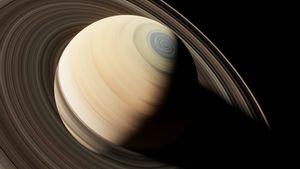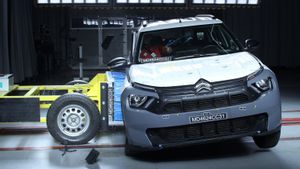JAKARTA - NASA's spacecraft, Lucy, which was launched last year and is now on its way to the asteroid Trojan, which is located in Jupiter's orbit, is testing four cameras on its body.
In the trial, Lucy had shared the first few images as part of their calibration process.
Lucy has a total of four cameras, including two twin Terminal Tracking Cameras (T2CAM), which have a wide field of view and are used to lock onto asteroids, as well as point other instruments in the right direction when Lucy makes close flights from them.
Other cameras are the Multicolor Visible Imaging Camera (MVIC) which will take panoramic-like images, and the Long-Range Reconnaissance Imager (L'LORRI) which will take high-resolution, close-up images of the asteroid.
The MVIC, part of the L'Ralph instrument, is a higher-resolution color scanning camera that can scan an 8.3-degree field of view across the desired tile, much like a panorama captured by a smartphone camera.
Meanwhile, L'LORRI is a high-resolution monochromatic telephoto camera with a narrow 0.29-square-degree field of view and will get the most detailed image of Lucy of its asteroid target.
In addition to her camera, Lucy also has a spectrometer and a device for mapping temperatures. The calibration images were taken in February this year, as part of a procedure that directs the spacecraft's instruments at 11 different targets.
This is done to check if Lucy can point at the object correctly and the instrument is sensitive and accurate enough.
SEE ALSO:
Launching the official NASA website, Monday, April 18, it is known that this is the second series of calibration images taken, after the initial but less detailed image series taken immediately after its launch in November 2021.
This image shows that the spacecraft's instruments are in good working order and ready for their encounter with the Trojan asteroid, where Lucy will arrive in 2027.
"We started working on the concept of the Lucy mission in early 2014, so this launch has been around for a long time," said Lucy's principal investigator, Hal Levison of the Southwest Research Institute in the institute's 2021 annual report, as quoted by Digital Trends.
“It will still be a few years before we get to the first Trojan asteroids, but these objects are well worth the wait and all the effort because of their immense scientific value. They are like diamonds in the sky."
The English, Chinese, Japanese, Arabic, and French versions are automatically generated by the AI. So there may still be inaccuracies in translating, please always see Indonesian as our main language. (system supported by DigitalSiber.id)














